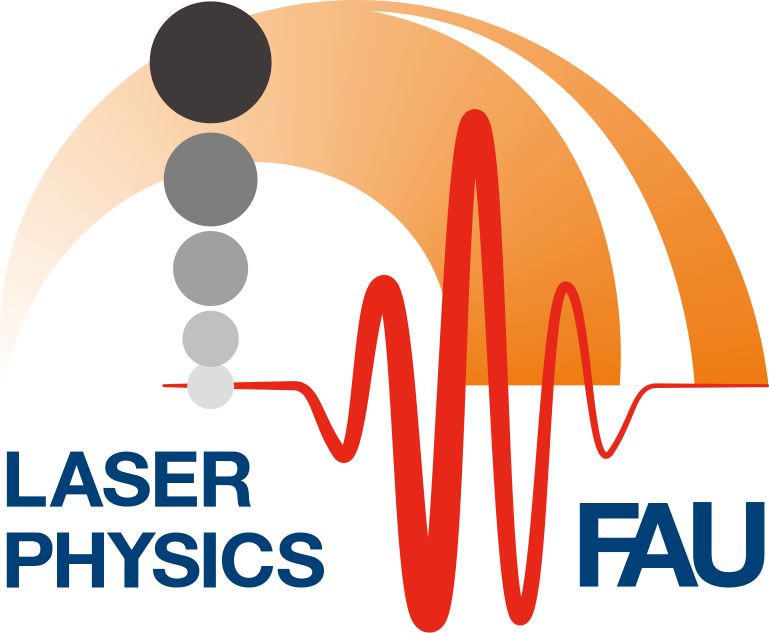Phase space control of electrons in photonic nanostructures – published in Nature
Using optical near-fields generated by ultrashort laser pulses on a silicon nanostructure, free electron pulses can be selectively manipulated and accelerated on optical time scales. This acceleration technology is known as dielectric laser acceleration (DLA) – colloquially called acceleration onto a (nanophotonic) chip. The advantages over conventional acceleration methods are the high acceleration gradients and the resulting compact size of the structures. In our recent publication, we take another step to build an accelerator on a chip using DLA technology. We were able to show that alternating phase focusing, a well-known technique for particle beam steering, can also be adapted for DLA. To do this, we designed a nanostructure that uses small gaps to cause electrons to be transversely focused and longitudinally defocused once, and longitudinally focused and transversely defocused once. If everything is done correctly, the electron beam can be guided through this alternation for any length of time – it thus undergoes net collimation and the electron pulses are held together. We demonstrate these results experimentally for the first time in an 80 µm long double colonnade structure. We thus demonstrate for the first time complex phase space control of electrons at optical frequencies. Here is the link to the publication in Nature, here is a link to the open access version on arXiv.

